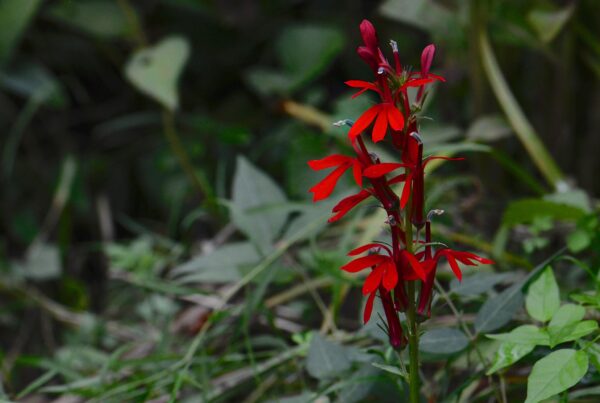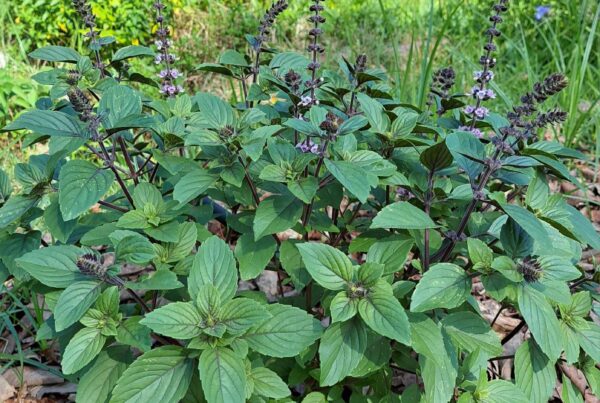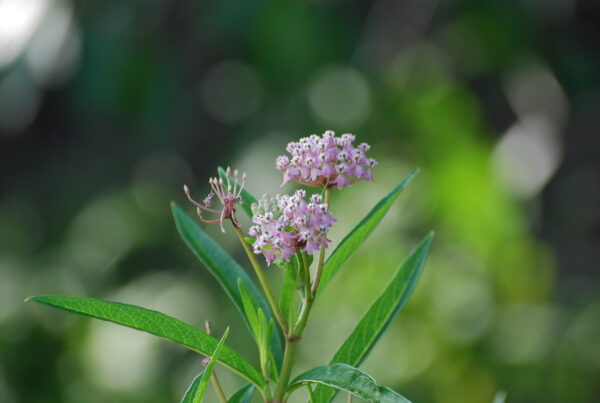Famous ornithologist John James Audubon called the Eastern bluebird “one of the most agreeable of our feathered favorites” and there is no doubt many of us are very fond of this little bird. The Eastern bluebird is a brilliantly colored songbird found throughout most of Florida year-round, ranging from the Panhandle to South Florida.
Bluebirds, seven inches in length fully grown, have a blue back and head and yellow-brown and white chest and belly. They live in meadows, open woods, parklands, and even in neighborhoods with tall trees and some lawns with borders of large shrubs. They build nests in cavities such as holes in trees, fence posts or well-designed nest boxes where the female lays four to six pale blue eggs. When nesting, they become very territorial and are known to dive-bomb cats to drive them away from the nest. Bluebirds thrive on a diet of caterpillars and insects and will also eat berries if available.
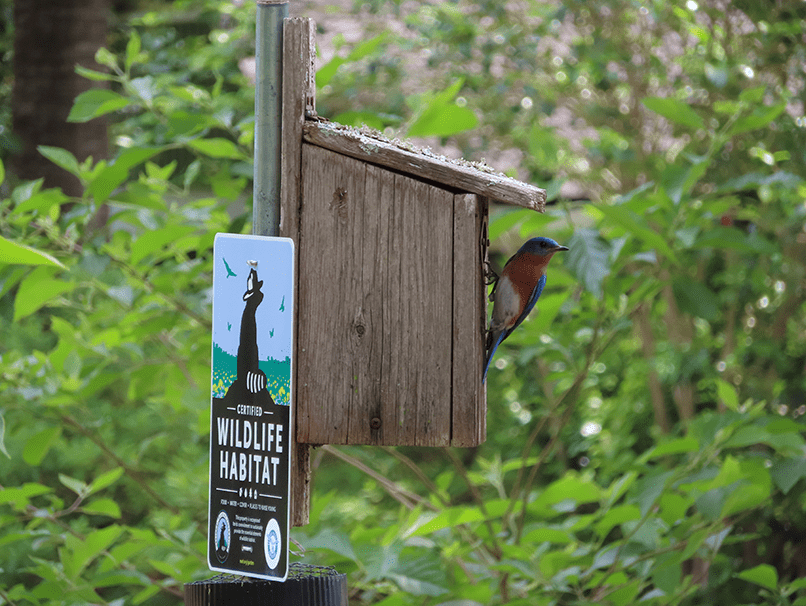
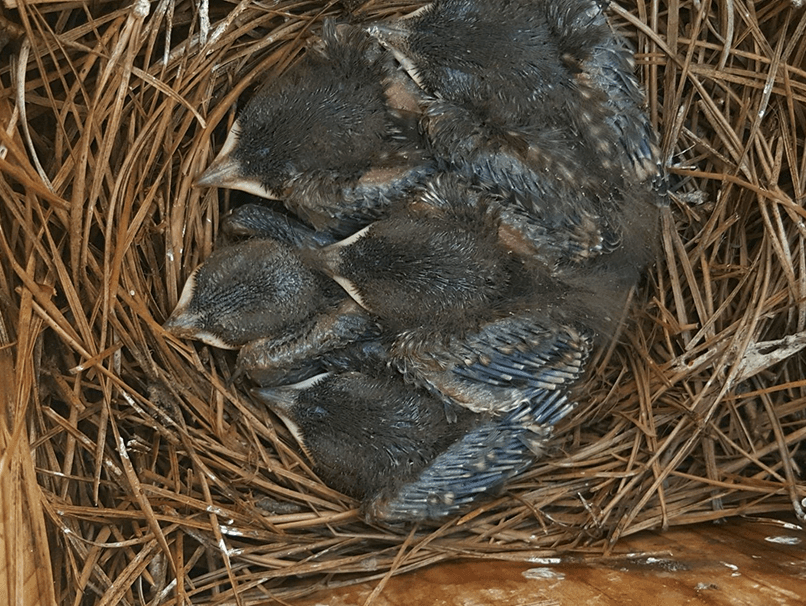
The Eastern bluebird population seriously declined in the past due to the loss of habitat and nesting sites. Fortunately, this bird’s population has been increasing in the last few decades, likely helped by an increase in nesting boxes and bluebird trails in yards, greenways, parks and other open spaces. You can provide lodging for bluebirds by setting up and caring for a nest box or even helping with a local bluebird trail. This could be a good project to enjoy with family or friends.
The Florida Bluebird Society and the North American Bluebird Society websites offer information on building or buying and installing nest boxes the birds will love and keep them safe from predators. Native plants are essential to providing the food bluebirds need to live and raise their young. Local nurseries often have nest boxes, native plants, and helpful information on making your landscape welcoming to bluebirds. You can also visit Cornell University’s eBird website and see data on bluebird sightings in your county.
Photos by Michael Johnson, Pamela Shank, and Pam Flynn.



